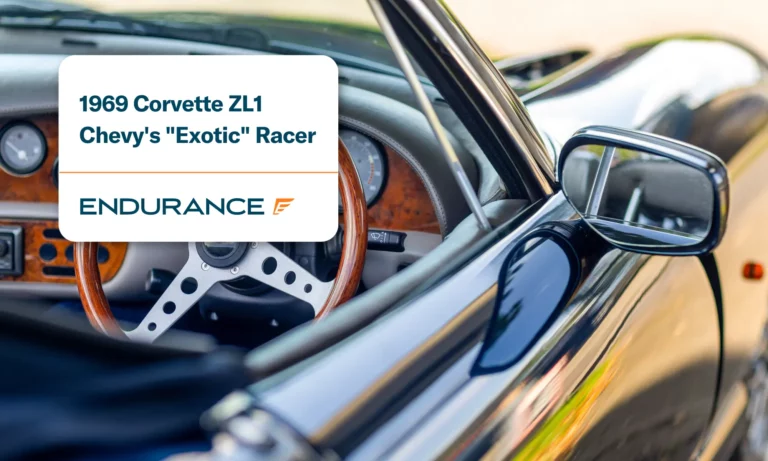Were the 90s the “Golden Age” for Starter Cars?

Let’s rewind to the 90s, as if the millennial-led blog culture hasn’t already. Far beyond the nostalgia for questionable fashion decisions and even more questionable music there was something else that the dream of 90s had: a golden age of cheap cars, an array of entry-level wheels such as was never seen before or since.
I’m talking about the Volkswagen Foxes, the Subaru wagons, Honda Civics, Ford Escort’s Toyota Camry’s of the era. These cars either were conceived and built in the 90s or hit their stride with a loyal customer base. Inexpensive even under the 90s US minimum wage ($4-5 per hour), fuel efficient, very few accessories and luxuries and most importantly they were known for reliability. Parts were more readily available for these cars than they ever have been due to a new uniformity in the manufacturing process that had evolved over the decades.
This was a time where baby boomers were moving to the suburbs to start families while generation x-ers were just getting their licenses. The frivolous spending associated with luxury cars and performance cars were no longer as prioritized as money-saving alternatives. Minivans, station wagons and mid-range sedans as well as compacts (you can draw a line from compacts to modern Smart Cars & Hybrids) were emphasized by the marketing like they never were before. Used cars with high mileage outsold the latest models.
It seems we’re hitting that type of trend all over again. Sort of. There are still cheap cars available today, as standards and the economy have changed. Your average modern starter car’s an automatic transmission and offer everything from power windows to Bluetooth integration standard. You can’t learn to drive fast in them. They have stability control and ponderous inertia. Sometimes they look odd, the 90s cars all looked too generic but some of the newer one are like blobs from modeling clay. When you hear manufacturers talking about reaching out to young drivers nowadays, they’re usually talking about the Scion FR-S or the Ecoboost Mustang or other youth-focused product that is surprisingly unattainable for the kids working at entry-level wages without a little help. We all, however, often form lifelong attachments based on their first cars. So it’s worth reaching out to us with cars that are light, simple, easy to understand, easy to afford, and easy to fix.












Alex has worked in the automotive service industry for over 20 years. After graduating from one of the country’s top technical schools, he worked as a technician achieving a Master Technician certification. He also has experience as a service advisor and service manager. Read more about Alex.